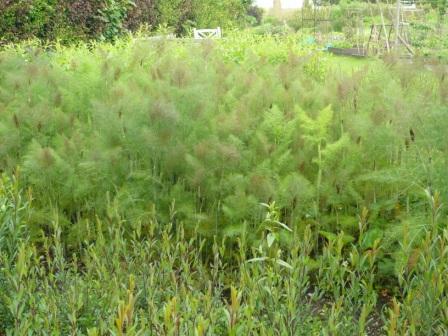
Vegetable Families their Importance and Types
The importance of rotating vegetable crops to keep soil in good heart and avoids disease build up has been know for millennia. Gardeners should rotate families of similar vegetable using the lists below, not just switching for cabbages to cauliflowers.
Vegetables from the same family often need similar culture or treatment and suffer from similar pests. Fresh soil helps.
Families of like vegetables need similar nutrient levels and attach importance to different fertilizers.
Cucurbitacea – the marrow family
- Marrows and Courgettes
- Pumkins and Squashes
- Melons
- Cucumber
Leguminosae – Fabacea
- Broad bean, Runner bean and French bean
- Alfalfa, Tares and Trefoil
- Peas and Mange tout
- Clover, Lupins and Fenugreek
Compositae – Daisy Family
- Chicory – Endive
- Jerusalem Artichoke
- Lettuce
- Salsify and scorzonera
Cruciferae – Cabbage or Brassica family
- Broccoli, Calabrese and Kales
- Brussel Sprouts
- Cabbage
- Cauilflower
- Kohlrabi, Swede and Turnip
- Raddish and Mustard
- Oriental brassicas
Solanaceae – Potato Family
Umbelliferae – Apiacae
- Carrot
- Celeriac and Celery
- Fennel and Parsley
- Parsnip
Alliaceae – Onion Family
Chenopodiaceae – Beetroot Family
- Spinach
- Beetroot
- Swiss Chard and Spinach Beet.
- Good King Henry and Quinos
Other unclassified vegetable families include Zea maize Sweet Corn, Purslane, Lambs Lettuce, Convolvulaceae sweet potato, Labiateae basil, and Polygonaceae for rhubarb & sorrel.



